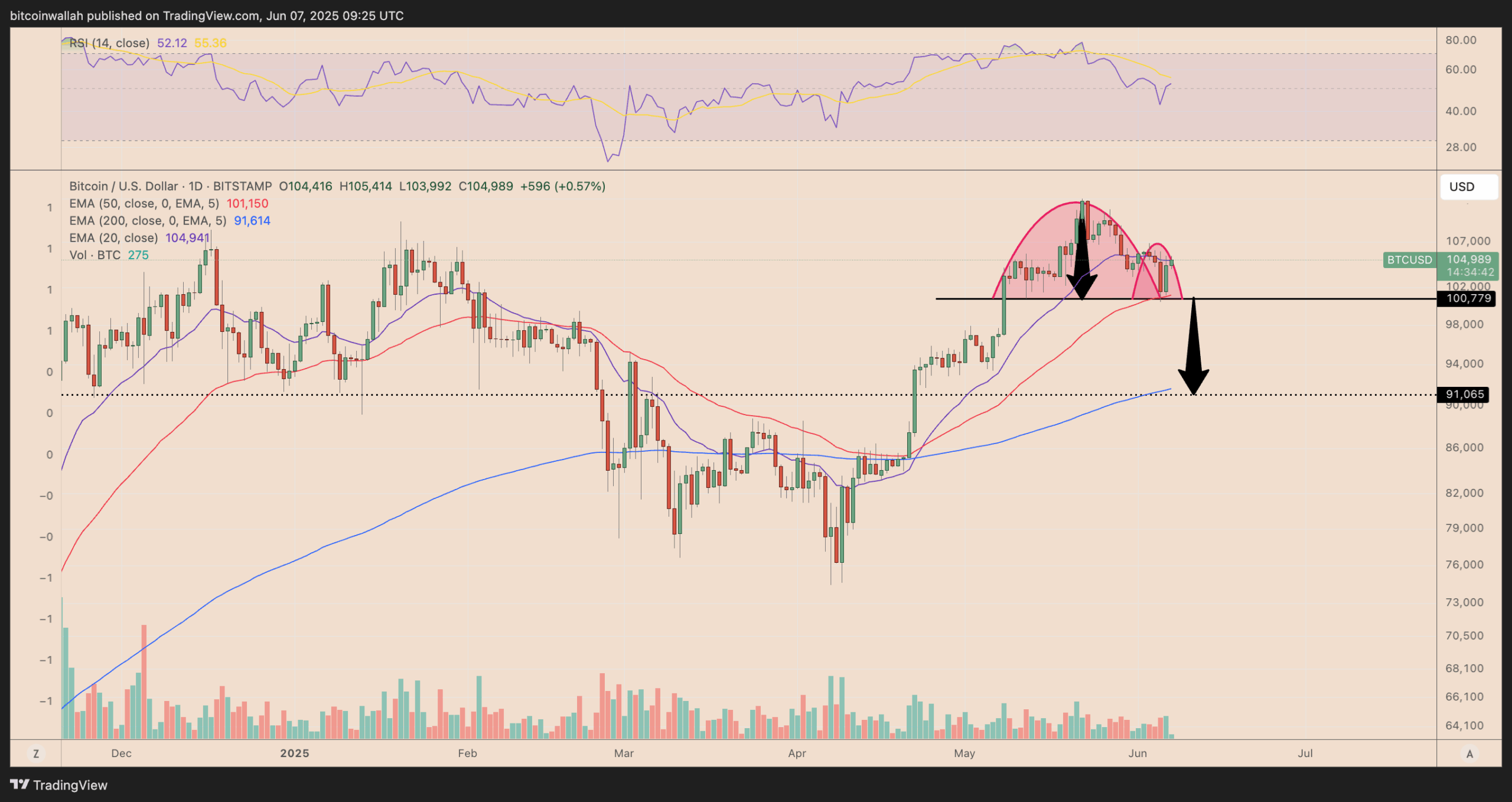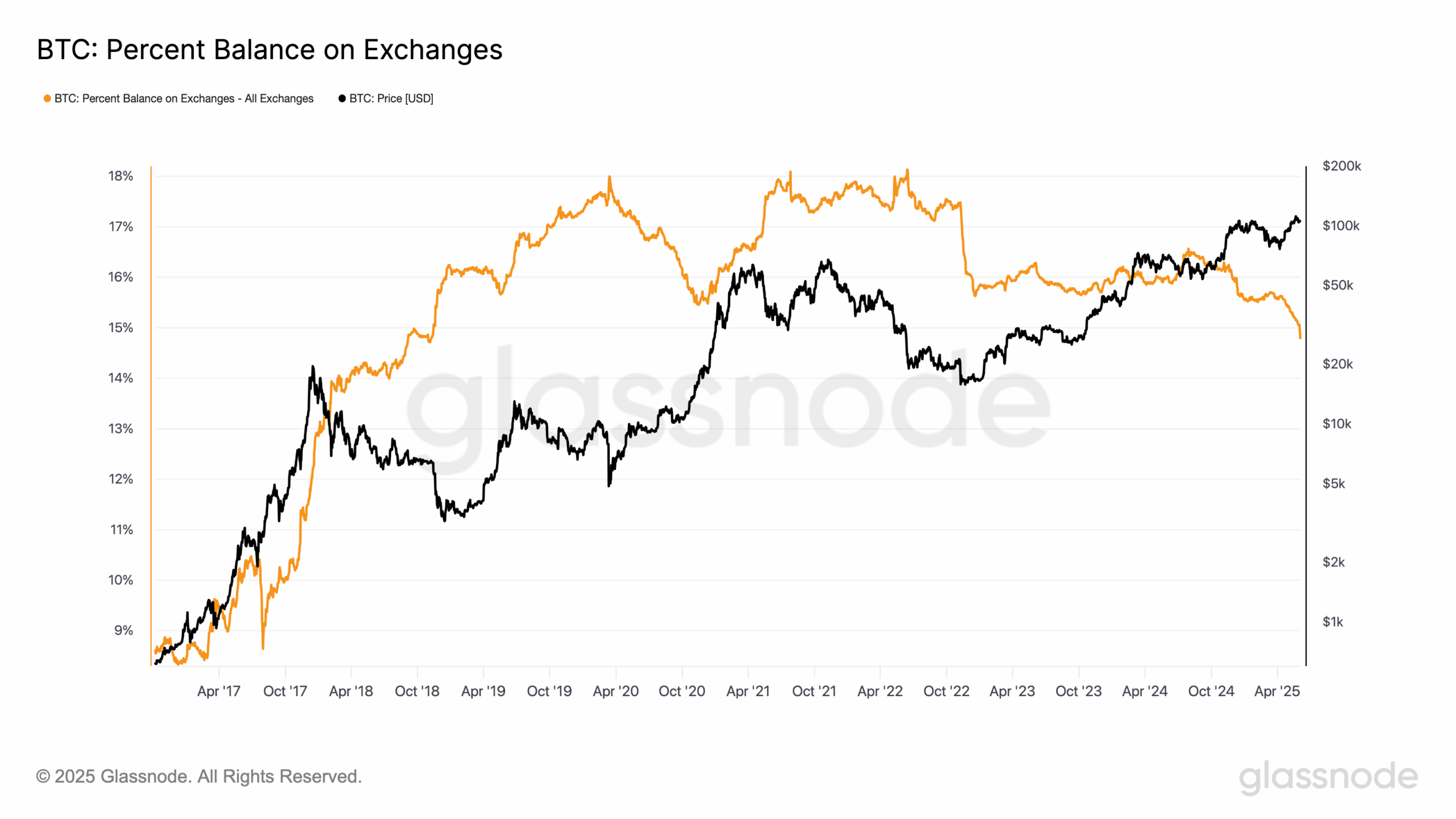Bitcoin (BTC) reclaimed the $84,500 level on April 14, and the recovery appears partially fueled by the announcement of partial import tariff relief by US President Donald Trump. However, traders’ optimism faded on April 13 when it became apparent that the relaxation was temporary and that tariffs on the electronics supply chain could be revisited.
Uncertainty surrounding the ongoing trade tensions between the US and China impacted Bitcoin markets, causing traders to lose some of their regained confidence. This explains why Bitcoin’s price failed to break above $86,000 and why BTC derivatives showed limited short-term potential, potentially setting the tone for the next few days.
Bitcoin 2-month futures annualized premium. Source: Laevitas.ch
The premium on Bitcoin monthly futures contracts peaked at 6.5% on April 11 but has since dropped to 5%, which is near a neutral to bearish threshold. Sellers typically require a 5% to 10% annualized premium for longer settlement periods, so anything below this range indicates reduced interest from leveraged buyers.
Bitcoin sentiment dims as stock market ties dent bullish momentum
Traders’ brief excitement can be linked to President Trump’s April 13 announcement that tariffs on imported semiconductors would be reviewed during the week. This suggests that exemptions for smartphones and computers are not final, according to Yahoo Finance. Trump reportedly said: “We want to make our chips and semiconductors and other things in our country.”
Bitcoin traders experienced emotional swings during this period of fluctuating expectations. The performance of broader markets, particularly large technology companies reliant on global trade, appears to have influenced Bitcoin sentiment. The strong intraday correlation between Bitcoin and stock markets has dampened bullish enthusiasm, leaving open questions about whether this effect is limited to BTC futures.
S&P 500 futures (left) vs. Bitcoin/USD (right). Source: TradingView / Cointelegraph
To determine whether Bitcoin traders’ sentiment is merely mirroring trends in the S&P 500, it is helpful to examine the BTC options markets. If professional traders anticipate a significant price drop, the 25% delta skew indicator will rise above 6%, as put (sell) options become more expensive than call (buy) options.
Bitcoin 30-day options 25% delta skew (put-call) at Deribit. Source: Laevitas.ch
On April 13, the Bitcoin options delta skew briefly dipped below 0%, signaling mild optimism. However, this momentum did not hold on April 14, reinforcing data from Bitcoin futures that show no significant bullish sentiment despite prices recovering from the $74,440 lows.
Weak spot Bitcoin ETF inflows also behind traders’ limited optimism
Another way to gauge market sentiment is by analyzing stablecoin demand in China. Strong retail interest in cryptocurrencies usually pushes stablecoins to trade at a premium of 2% or more above the official US dollar rate. In contrast, a premium below 0.5% often indicates fear as traders move away from crypto markets.
Related: Crypto markets ‘relatively orderly’ despite Trump tariff chaos: NYDIG
USDT Tether (USDT/CNY) vs. US dollar/CNY. Source: OKX
Between April 6 and April 11, Tether (USDT) in China traded at a 1.2% premium, reflecting moderate enthusiasm. However, this trend reversed, with the premium now at just 0.5%, suggesting that the earlier excitement has dissipated. Hence, traders remain cautious and show little confidence in Bitcoin surpassing $90,000 in the near term.
The announcement of Strategy’s $286 million Bitcoin acquisition at $82,618 failed to boost sentiment, as investors suspect that the recent temporary decoupling from stock market trends was largely driven by this purchase. Similarly, Bitcoin spot exchange-traded funds (ETFs) saw $277 million in outflows between April 9 and April 11, further weakening any potential improvement in trader confidence.
This article is for general information purposes and is not intended to be and should not be taken as legal or investment advice. The views, thoughts, and opinions expressed here are the author’s alone and do not necessarily reflect or represent the views and opinions of Cointelegraph.




